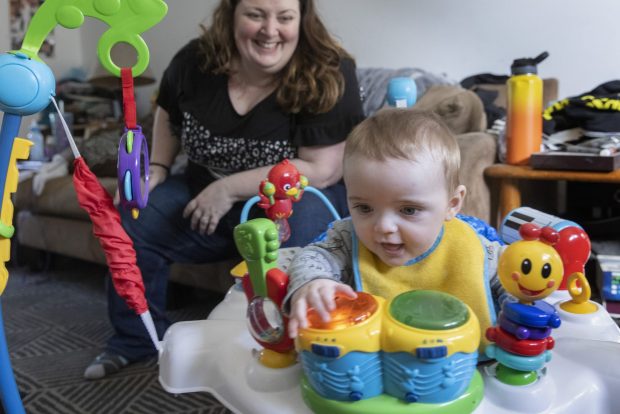In the United States, high-quality child care programs are prohibitively expensive, government assistance is limited, and daycare openings are sometimes hard to find at all. In 2022, more than 1 in 10 young children had a parent who had to quit, turn down or drastically change a job in the previous year because of child care problems. And that burden falls most on mothers, who shoulder more child-rearing responsibilities and are far more likely to leave a job to care for kids.
This series on how the child care crisis affects working parents — with a focus on solutions — is produced by the Education Reporting Collaborative, a coalition of eight newsrooms, including The Hechinger Report, AL.com, The Associated Press, The Christian Science Monitor, The Dallas Morning News, Idaho Education News, The Post & Courier, and The Seattle Times.





